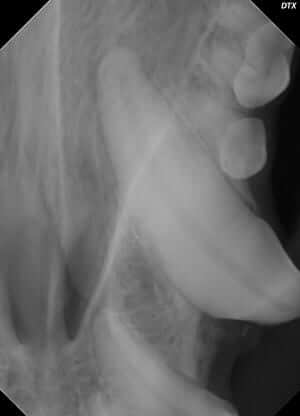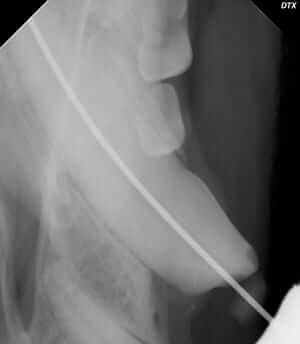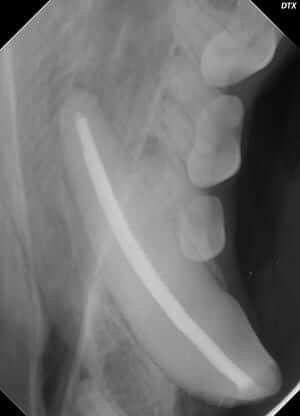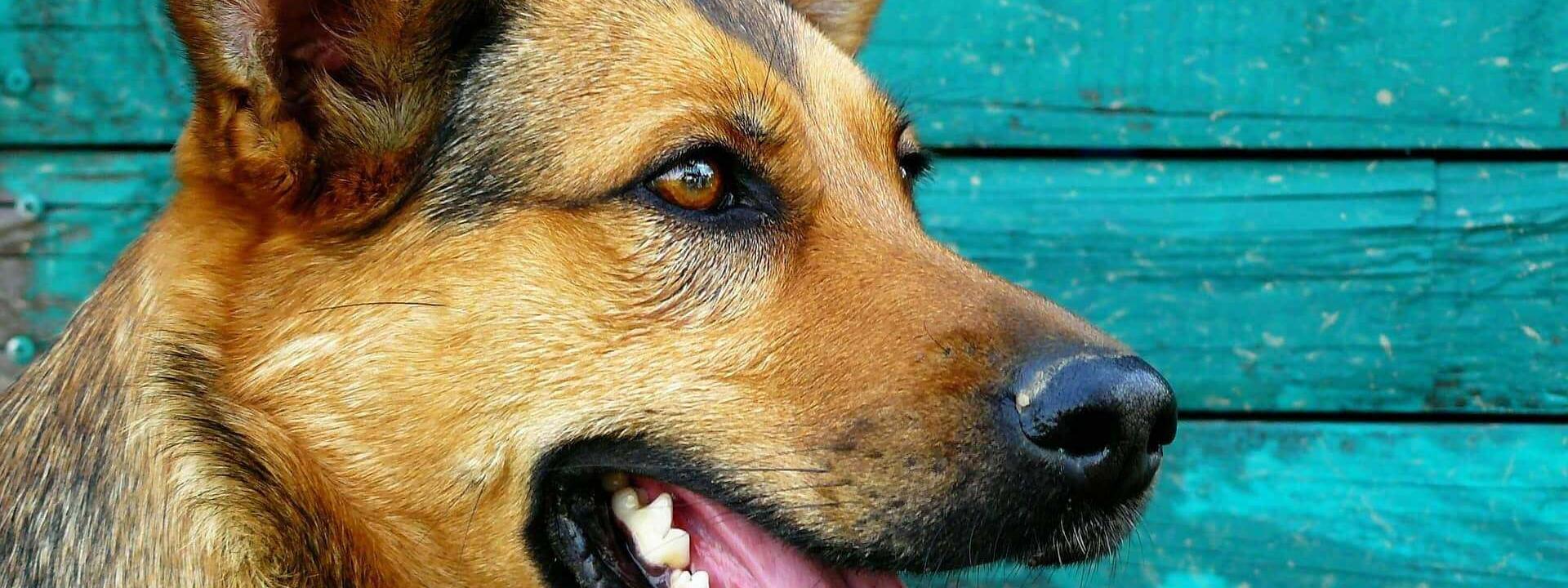


Root Canals In Pets
Some people are surprised to learn that root canals are performed in our pets, but certain teeth are far more important to preserve because of their size and function (ie. upper and lower canines, 4th upper premolars and 1st lower molars) than other teeth. We are often faced with the decision to either perform oral surgery and root canal therapy. Dr. Lambrecht has been offering and regularly performing root canals in pets since 1991. We will gladly discuss the pros and cons with you and help you decide which option is best for your pet.
How do I know if my pet needs a root canal?
Any chipped or discolored tooth may have a root canal (endodontic) problem. They are usually diagnosed on the physical exam after the heavy tartar is removed and when an abscess is seen at the tip or apex of the tooth on a radiograph.
Will my pet show signs of pain?
Very rarely will a pet owner know that their pet is in pain. Dogs are known not to show pain based on their evolution where showing pain may cause them to be “shunned” from the pack. Chewing on the opposite side of the mouth from a problem tooth, not playing with toys or avoiding cold water would be signs that an advanced problem exists. Apical abscesses are quite painful in people so we think they must be in our pets as well.
Why not just extract the tooth?
A root canal causes less trauma to the surrounding bone and soft tissues, is less painful than an extraction, and the function of the tooth is often preserved. We especially consider root canals for the more important teeth in the mouth, such as the canine teeth and large premolars and molars. There are many teeth in dogs and cats that are too small to be good candidates for a root canal. In these cases, extraction of the tooth would be the best option.
What causes a tooth to become non-vital?
Trauma is the usual cause of a non-vital or “dead” tooth. Chewing on hard objects (ie. bones, hard toys, rocks, ice) may all cause trauma to teeth and cause the tooth to become non-vital. You can prevent this by selecting appropriate chew toys for your pet. A good “rule of thumb” is that if the chew object hurts when tapped against your shin or kneecap then it is hard enough to chip your pet’s teeth and not be given as a treat. The Veterinary Oral Health Council (VOHC) has a list of approved dental treats.

